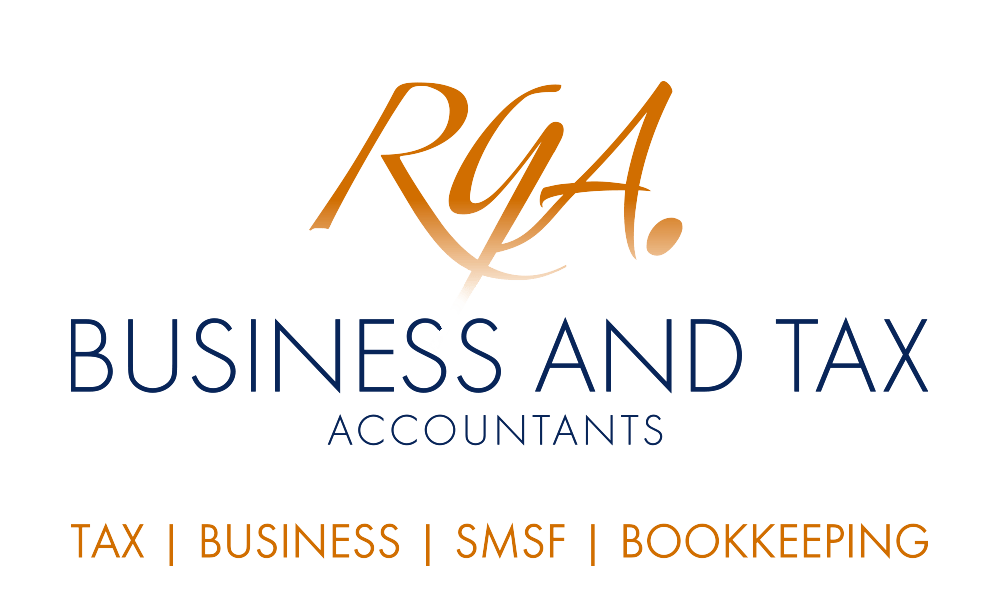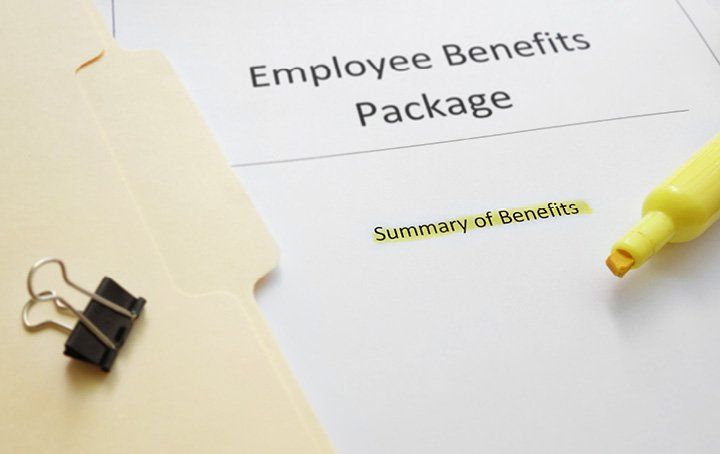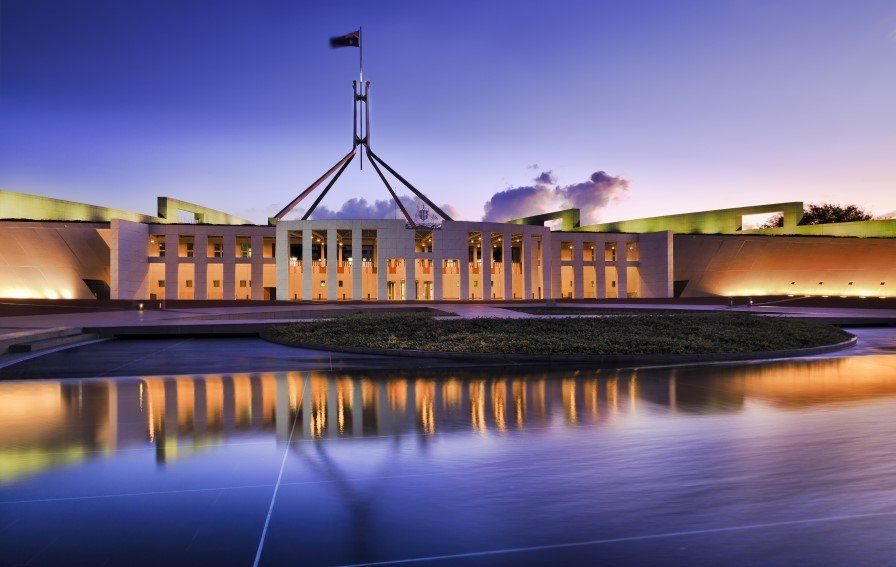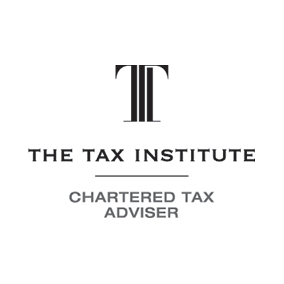ATO data matching of lifestyle assets extended

Even among the doom and gloom of the pandemic lockdowns, the ATO continues to march on with its data matching programs. This time it has extended a previous data-matching program targeting the owners of lifestyle assets including marine vessels, motor vehicles and caravans, thoroughbred horses, fine art, and aircrafts. Data will be collected from various insurance companies consisting of policy details, as well as individual policy holder personal details. It is estimated that records relating to approximately 300,000 individuals will be obtained each financial year.
Owners of lifestyle assets beware, the ATO has extended its data-matching program for another 2 years. The lifestyle assets data-matching program has been running since February 2016 and in the past collected data from the 2013-14 to the 2019-20 financial years. It will now be extended to include the 2020-21 through to 2022-23 financial years.
The program will acquire lifestyle assets data from insurance policies from companies including: AAMI, Apia, Bingle, CGU Insurance, Chubb Insurance, Coles Insurance, CommInsure, GIO, Lumley, Nautilus Marine, NRMA, QBE, RAA Insurance, RACQ, RAC Insurance, SGIC, SGIO, Shannons, Suncorp, Swann Insurance, Vero, WFI, Youi, and Zurich Australian Insurance.
It should be noted that only assets that exceed the minimum asset value threshold will be captured under the current program as outlined below:
- marine vessels – $100,000;
- motor vehicles including caravans – $65,000;
- thoroughbred horses – $65,000;
- fine art – $100,000 per item; and
- aircraft – $150,000.
Data collected will include individual identification details such as name, address, phone number, date of birth, ABN, and email. Policy details will also be collected which consist of start date of policy, total value insured, purchase price of property insured, registration/ID number of the property, insurance category, policy cost, description of the property insured, and primary use type.
It is estimated that records relating to approximately 300,000 individuals will be obtained each financial year.
According to the ATO, the data acquired will be matched to develop a holistic risk profile of taxpayers with regard to their assets and accumulated wealth. It will also be used to address a number of taxation risks including:
- accumulation of assets with insufficient reported income in tax returns;
- not declaring CGT or income tax from the disposal of assets;
- purchasing assets for personal use through businesses or related entities and claiming GST credits;
- not declaring/paying fringe benefits tax in relation to use of assets purchased through business entities; and
- acquisition of assets by SMSFs for the current benefit of fund’s trustees or beneficiaries.
In instances where a discrepancy is detected, the ATO will contact the taxpayer to obtain verification before any administrative action is taken. Taxpayers will usually be given at least 28 days to respond. An example would be if the ATO identified a possible underreporting of income based on the amount of lifestyle assets, but the taxpayer had been reporting all of the income but under a different entity.
While the ATO notes that the data will not be used as a part of its automated compliance activities, it will be seeking to identify and educate individuals and businesses that may be failing to meet their registration and/or lodgement obligations in relation to a variety of tax issues, including income tax, CGT, FBT, GST and superannuation obligations.
Information gleaned from the program will also be used to promote voluntary compliance, and develop treatment strategies to improve voluntary compliance. It will also be used to determine avenues available to assist in debt management activities. As with other programs, the data will be retained for 5 years, therefore, taxpayers, both individuals and businesses should ensure that they have correctly treated any lifestyle assets acquired.
Need help?
If you or your business/SMSF has purchased lifestyle assets above the thresholds and need help to ensure that you’ve applied the correct tax treatment, we can help. We have expertise in all areas of tax including income tax, GST, CGT, FBT, and superannuation, contact us today.
Email us at Robert Goodman Accountants at reception@rgoodman.com.au . © Copyright 2021 Thomson Reuters. All rights reserved. Brought to you by Robert Goodman Accountants.















